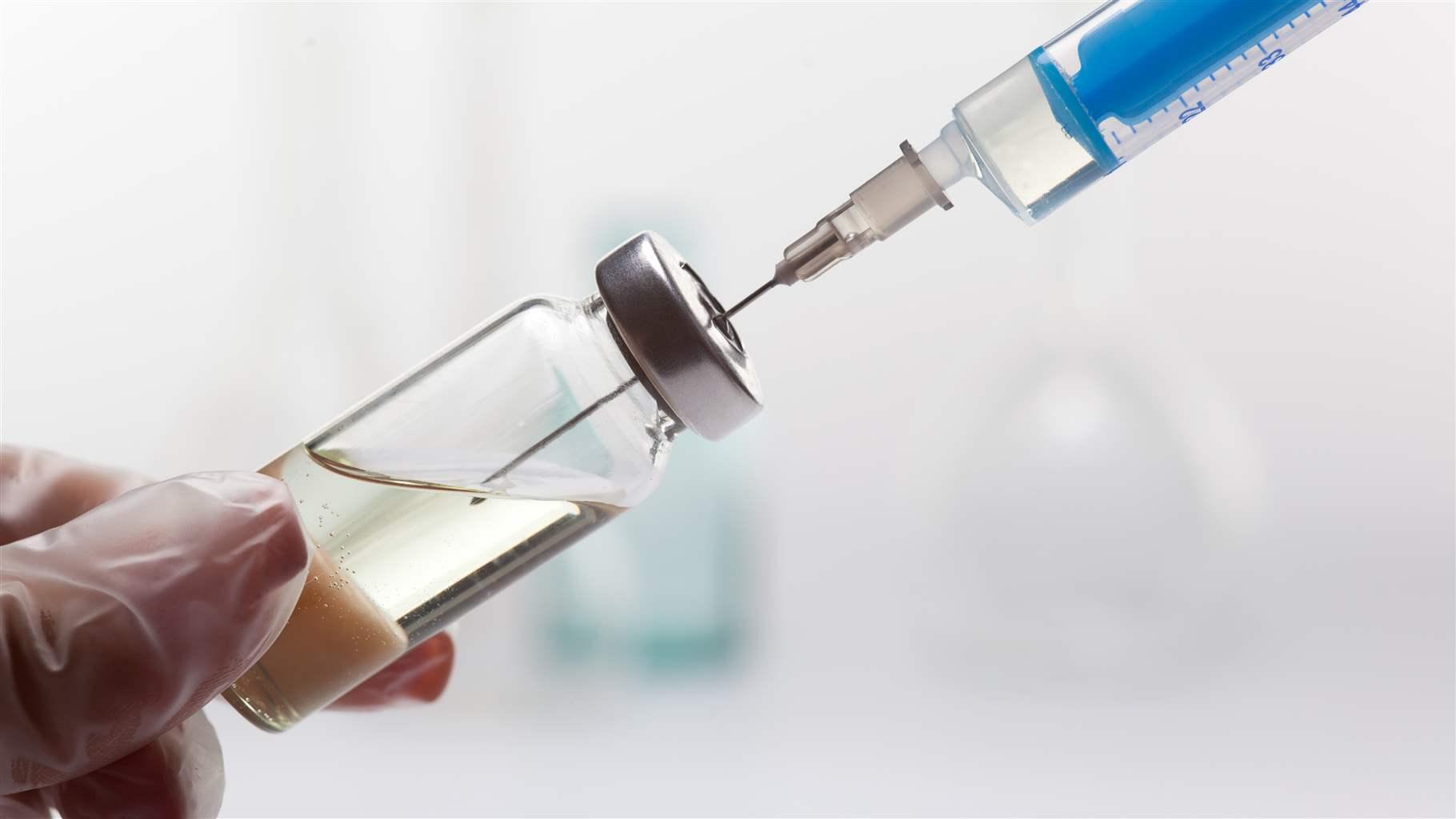Updated Standards Will Help Ensure the Safety of Compounded Drugs
A Q&A with United States Pharmacopeia, which guides practitioners on how to make quality medications

Drug compounding allows for the creation of medicines for patients with clinical needs that cannot be met by commercially available, Food and Drug Administration-approved products. Different types of compounding, however carry different risks, which can be mitigated by applying appropriate quality standards—requirements for how drugs are made and stored to prevent dangerous contamination or other problems.
Most states require traditional pharmacies that compound drugs to follow standards set by United States Pharmacopeia (USP), based in Rockville, Maryland. This year, USP is updating these standards. The organization answered questions about its part in making sure these drugs are safe for patients.
Q. What is USP’s role in drug compounding?
A. USP is a scientific nonprofit organization that sets public standards used by regulators, industry, and other stakeholders. These standards include tests and other measures to determine a drug’s identity, strength, quality, and purity. USP helps ensure the quality of compounded medicines by providing three types of public standards: monographs, which describe the tests used to confirm the quality of drug substances and other ingredients in medicines; compounded preparation monographs; and what are known as general chapters that inform activities and procedures relevant to medicine quality.
USP compounding general chapters, which include <795>, <797>, <800>, and several others, establish procedures and methods for practitioners to use to consistently produce quality compounded preparations. Chapters <795> and <797> are being revised; <800> was published in 2016 and is expected to become official Dec. 1, 2019.
Q. Why is it important to have standards for compounding?
A. USP compounding standards help ensure the consistency and quality of the medicines compounded for patients. If medicines are compounded without such standards, they have an increased risk of being subpotent, superpotent, or contaminated, any of which could expose patients to significant risk of adverse events or even death.
Q. How do nonsterile and sterile compounded preparations differ? Why do they need different quality standards?
A. The distinction between nonsterile and sterile compounded medicines is determined by how the drugs are prepared and is principally a function of how the medicine is administered. In general, nonsterile compounded medications are those given orally, inserted rectally, or applied topically (e.g., on the surface of the skin).
Sterile compounded medications are those administered through injection or intravenous infusion, and are more likely to be introduced to sterile body spaces such as the central nervous or vascular system, eyes, lungs, or joints. These spaces are typically microbe-free and the introduction of contaminants can lead to infection or even death. USP has developed standards for compounding both sterile and nonsterile preparations to help reduce risks such as contamination, infection, or incorrect quantities of ingredients, all of which can lead to medicines that are not therapeutic or are toxic.
General Chapter <795>provides standards for compounding quality nonsterile medicines and describes requirements for processes, facilities, equipment, components, documentation, quality controls, and training. This chapter also provides general guidelines for determining beyond-use dates for nonsterile preparations. If made without such standards, these medicines pose an increased chance of putting the health of patients at risk.
General Chapter <797>provides standards for compounding quality sterile preparations and describes a number of requirements, including responsibilities of compounding personnel, training, facilities, environmental monitoring, and storing and testing of finished preparations. These standards help to prevent harm, including death, that could be caused by microbial contamination, excessive bacterial endotoxins, variability in the intended strength of correct ingredients, unintended chemical and physical contaminants, or ingredients of inappropriate quality.
Q. Why is USP updating the standards now?
A. USP is committed to remaining up to date on the science and practices that protect public health. The compounding chapters are under revision to better align the standards with changes and advances in science and clinical practice to help ensure quality compounded preparations.
Q. What is USP’s timeline for revising the compounding chapters, and how can stakeholders engage in the process?
A. To provide a unified approach to compounding, USP intends to align the timing and content of chapters <795>, <797>, and <800>. Chapters <795> and <797> are in the active revision process. Among other content changes in the proposed revisions, the hazardous drug handling sections in <795> and <797> will refer to Chapter <800>. <800> was published in February 2016 and is not under revision.
USP anticipates that language in the three chapters will be official and fully aligned by Dec. 1, 2019. (See timeline here.)
Because stakeholder input is an important part of the process, USP encourages those interested to submit comments and to participate in our open-microphone sessions. The public comment period on Chapter <795> closes July 31, while the comment period on <797> ends Nov. 30.











